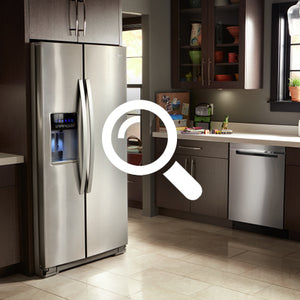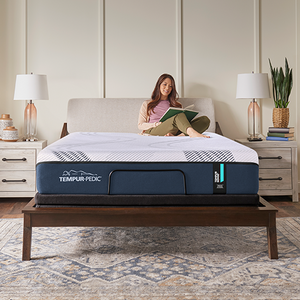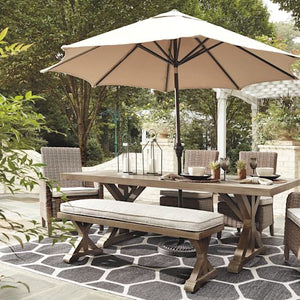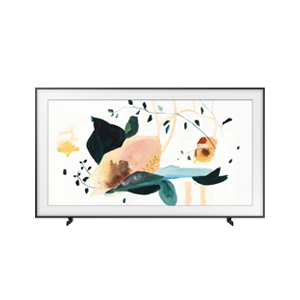If you’re downsizing, starting out in your own place for the first time, or are already in a small space and you feel your design isn’t working for you, we’ve put together some tips that we think should help. Good news, bad news: there’s a little bit of math involved, but we promise there won’t be a test at the end.
And, that brings us to what we're talking about today—using size and scale.
In design, size and scale go hand and hand. You already know what size is and scale is how the size of one object relates to other objects. When putting together a room you want to choose pieces that are not just the right size for the room, but in proper proportion—or scale—to one another.












